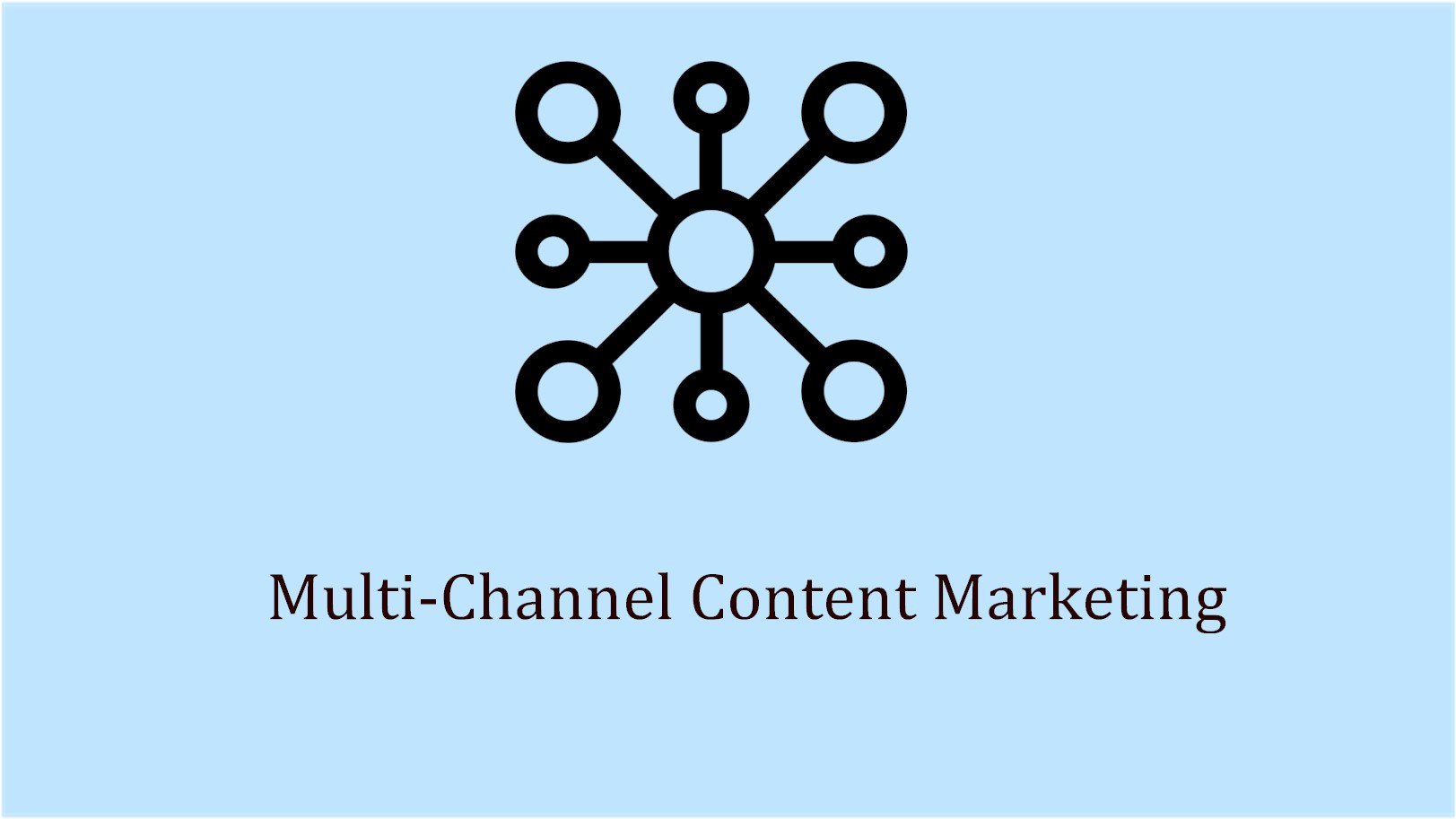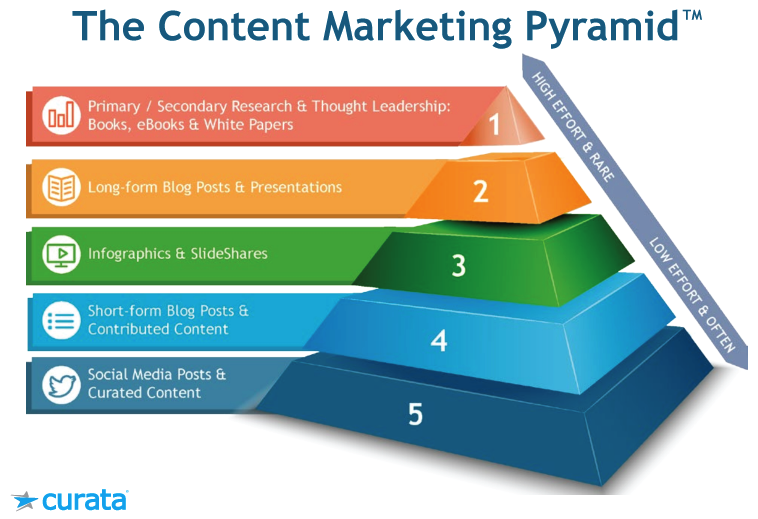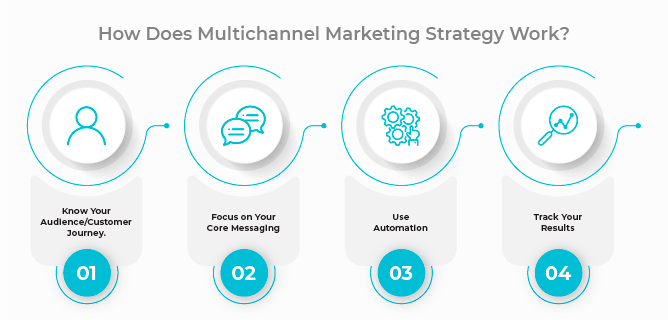Multi-channel content marketing takes place across a number of different platforms, primarily to further extend your reach and awareness of your brand. By focusing on the varied platforms themselves, you can deliver a unified brand message. Let’s investigate multi-channel content marketing in more detail:-
Why Consider Multi-Channel Content Marketing?
A 2014 survey conducted into multi-channel marketing indicates that it improves a brand’s performance in numerous ways. Marked increases in sales, consumer acquisition and loyalty, competitive advantages and consumer experience are clear indicators as to why so many companies are employing it as part of their content marketing strategies.
Most people need at least five impressions to remember a brand and, hence, displaying content on your website, on social media, via direct mail and email and using audio or video gives your brand a distinct advantage over those that don’t. Clearly this would increase your chances of conversions.
Multi-Channel vs. Omni-Channel
It’s important to make a distinction between multi-channel and omni-channel marketing. Omni-channel marketing is more personalised and is only one facet of multi-channel marketing, with the difference being that, using omni-channel marketing you will send a message to your customer via different channels that interact, whilst also interacting with your customer. Hence you are responding directly to your customer’s individual needs and responses throughout the process. For a more detailed explanation of omni-channel marketing, visit ClickZ.
With multi-channel marketing you are sending the same message on numerous different channels in order to extend your total audience reach. Incorporating later omni-channel marketing to your existing multi-channel marketing is a clear and often-effective option.
Examples of Marketing Channels
- Broadcasting: Television and Radio
- Social Media: Facebook, Instagram, YouTube, Twitter, LinkedIn, Reddit
- PPC: Google Ads
- Audio: Podcasts
- Visual: Videos, webinars, images, infographics and slides
- Email marketing
- Website, Blog and App Content
- Direct mail
- Printed content: Books, white papers, pamphlets and other print media
- Text messages
- Guest posts on other websites
Creating Multi-Channel Content
There are a number of factors to consider when deciding to create multi-channel content. You should not go into this with your eyes half closed, instead choosing to devise a clear marketing strategy beforehand. Some of the points you should consider in such a strategy are as follows:-
- Decide on Your Goals: Include specific goals that you will be able to achieve. Make them realistic and measurable.
- Focus on Your Audience: Multi-channel content should be designed to extend your audience reach. Analyse the demographics of your audience across channels and any campaigns. Personalise your audience by creating personas that will assist you to understand who your ideal target audience is and how best to interact with them. Identify any audience commonalities between different channels, which will enable you to decide on the best channels to utilise with your content.
- Customize Your Content to Suit Different Channels: Research the channels you intend marketing on extensively in order to decide on the most suitable form of content for each. The aim of multi-channel marketing is to formulate the same inherent content in ways that will suit the different channels, so your message will be the same but will be presented in different ways.
You want your efforts across all utilised channels to work towards the same goal so formulate a plan whereby certain channels perhaps play important secondary roles to promote your content on your primary marketing channels.
- Be Consistent: Following on from the last point, make sure that you maintain a level of consistency when sharing your content on different channels. You want to ensure that your presentation, design, message and pitch align across every channel so randomly distributing posts is not going to be helpful. Less high quality content distributed less often or over fewer channels is more beneficial than flooding channels with content that is more likely to be scrolled past or ignored.
Consider using content planning tools if there you are one of multiple content creators working in tandem on the same strategy.
- Understand Each of the Channels You’re Using: Channel rules can define the type of content you use and the frequency with which you use it. Make sure that you possess a fundamental knowledge of the channel and its intricacies, and include these in your strategy.
- Constantly Monitor Data: Deciphering the path of your users from the outset helps you to establish how and why methods that you’re employing are working, and which you’d be better off tweaking or abandoning altogether. Continually update your knowledge and findings, and apply these results to your strategy going forward.
- Make Use of a Content Calendar: Publishing an array of similar content over a variety of different channels can create some confusion. Think of how different writers, managers and influencers doing things at the same time could actually disrupt a marketing strategy if there isn’t some semblance of order and timing in place. By keeping a calendar to structure the planning of your content, you’ll be easily able to pre-plan the publishing of certain content and also ensure that your schedules are kept current.
- Automate If You Can: Investigate what content planning tools will be suitable for your strategy. Automating certain tasks like the dates and times that you want to post can relieve stress and improve your productivity, as can utilising AI content generation. Multi-channel marketing is complex and requires plenty of time and resources, so if you are able to lessen some of the weight on those involved, a small initial investment in the right tools can end up resulting in huge benefits.
- Monitor, Review, and Optimize with KPIs: Record your important criterion and yardsticks regularly. ROI, conversion rates, impressions, clicks, traffic and support resolution times are examples of KPIs that help to keep your finger on the pulse of your efforts. An idea of what works the best according to each channel will assist you in formulating which of these are most necessary to monitor, and how regularly. Metrics like engagement, brand mentions and conversions are important to monitor from the outset, allowing you to consider which channels to include in promotions. You will be able to strategically optimise with constant KPI monitoring over time.
The Benefits of Multi-Channel Content Marketing
Ultimately, investing time and resources into any marketing strategy needs to have its benefits. The benefits you can expect to gain from a multi-channel content marketing strategy are as follows:-
- A marked increase in your brand’s awareness.
- An increase to your brand’s consistency.
- Integration of your brand across numerous platforms.
- Easier conversions.
- Increased conversions.
- Better audience knowledge.
- Improved ROI on content
Being visible across a number of different channels will ensure that your brand receives more exposure and will be regarded as more of an “industry player”. When your audience becomes aware that your brand is accessible via a variety of channels, they will also regard you as more convenient to use. Your brand’s rate of conversion will increase due to this accessibility and thus conversions will also be easier to achieve.
One of the biggest positives that you will experience is that you will grow a better, deeper and more personalised knowledge of your audience through more regular interaction and feedback opportunities that a larger variety of channels encourages. This means that your ROI is very likely to increase as you’re able to capably cater to your customers’ needs via your enhanced personal knowledge. This will lead to quicker and more informed support turnover and greater levels of customer loyalty and satisfaction.
All-in-all, if you implement the correct strategy, multi-channel content marketing will benefit your company, brand and audience.

- Technology and the future of books - July 29, 2021
- The benefits and importance of UX writing - July 29, 2021
- Use the science of music as a tool to enhance creative productivity - July 28, 2021




1 thought on “Multi-Channel Content Marketing: A Summary”